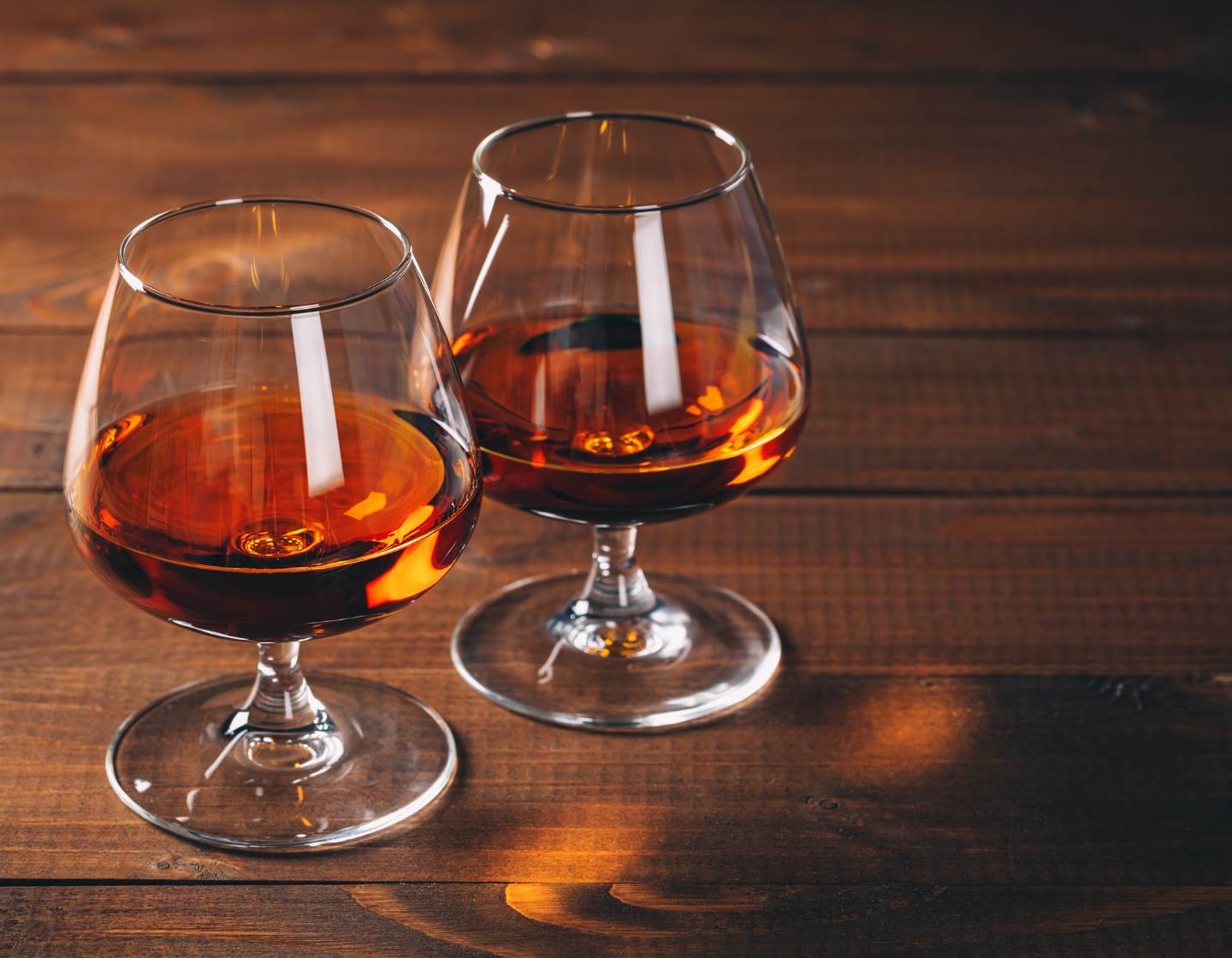
Cognac & Other Fruit Brandies
Explore the history, crafting process, ageing, and blending of brandy, and the differences between brandy, cognac, and fruit brandies.
Estimated reading time: 6 minutes
Delve into the fascinating history of brandy, the intricate crafting process that goes into each bottle and the importance of ageing and blending. Discover the difference between brandy and cognac, and learn about other fruit brandies and the unique characteristics that set them apart.
From Brandy to Cognac
Brandy is an alcoholic spirit distilled from wine or fermented fruit mash, typically from grapes. Brandies from other fruits such as Apple Brandy are usually labelled with that specific fruit's name. Brandies may be aged in wood casks for specified periods depending on local regulations.
The History of Brandy
The word 'brandy' is derived from the Dutch 'brandewijn', meaning burnt wine, presumably due to the heat used in the distillation process.
The story of brandy dates to the time when wine was transported by ships between France and Holland. It's said that a Dutch shipmaster had the idea to distil the wine to save on freight costs, but upon arrival, he discovered that the spirit had aged into a delicious liquid in the oak casks, and thus, brandy was born.
What is Cognac?
Cognac is recognised as a superior brandy and is produced in the Charente region of France using special distillation processes and a combination of ideal soil, climate, maturation, and blending.
The six districts of Cogna, defined by law in 1938, are Grande Champagne, Petite Champagne, Borderies, Fins Bois, Bon Bois, and Bois Ordinaires. The term 'Champagne', not to be confused with the famous sparkling wine from the north, refers to the chalky soil found in two areas and provides perfect conditions to ripen the grapes.
Cognac Production

Cognac Production
French law limits the name Cognac to spirits made from specific grape varieties, fermentation, distillation, and maturation for a prescribed period in specified oak types. Every step in this production, including the growing of grapes, must occur within the permitted areas in the Charente region.
Ingredients
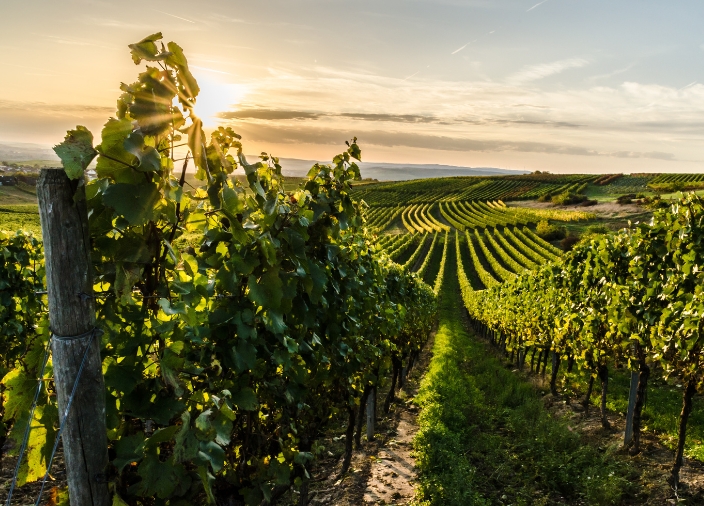
Ingredients
Ugni Blanc grapes are the main variety (98%), with minute amounts of Folle Blanche and Colombard.
These white grapes are harvested earlier in mid-October to retain acids and lower sugar levels.
The wines from these grapes will have high acidity and low alcohol content between 7 to 9% ABV, ideal for distillation.
Distillation
The pot still used for double distillation is the traditional Alambic Charentaise copper still (see image below) used since the birth of Cognac.
Fueled by direct fire, the distillation produces a low wine (Brouillis, 28 to 32%ABV) refined in a second distillation known as 'la bonne chauffe'.
Heads and tails are separated during this stage and reused in the next batch of wine or 'Brouills', and only the heart (60 to 72% ABV) of the distillation is kept.
The unaged distillate is known as 'Eau de Vie'. It requires nine litres of wine to produce one litre of 'Eau de Vie'.
All distillation must cease on the last day of March following the harvest.
Charentais Still
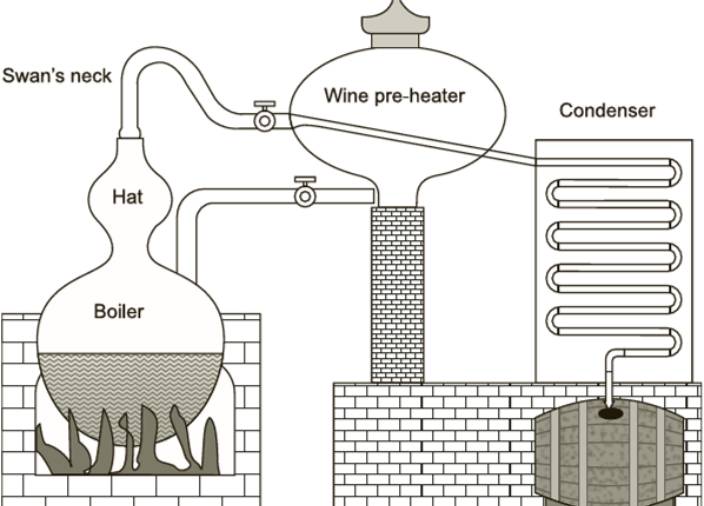
Charentais Still
Example of Charentais Still for illustration
Ageing
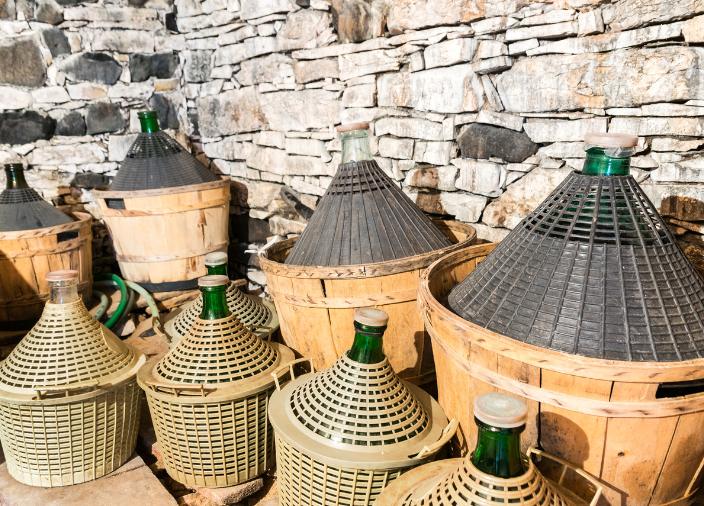
Ageing
The 'Eau de Vie' is aged only in French oak (Limousin and Tronçais) and for a minimum of two years before becoming a Cognac.
Exceptional examples may be aged for several decades to a hundred years or more.
During this time, it develops its colour, aromas and flavours through the action of the wood and contact with oxygen.
As the liquid develops slowly in the Chai, it loses around two to three per cent of its volume through evaporation per year, about 37.9 million bottles.
This evaporation is known as 'la part des anges', or the 'angel's share', and as the loss is more alcohol than water, the average strength of the spirit gradually drops.
Extremely old Cognacs may be transferred to Demijohns after maturing in wood for more than 50 to 60 years to avoid further loss and to prevent over-extraction of oak tannin.
Blending, Bottling & Labelling
Cognacs are diluted throughout their maturation to bring them to the desired alcohol level and balance by adding water and, very often, diluted Cognac.
Once the ageing is completed, it's time for blending (Coupage) and various Cognacs are 'married' in large oak vats for several months.
The blend is brought down to bottling strength (minimum 40%ABV) during this time and the addition of caramel colour and sugar is permitted.
Once bottled, the Cognac is usually labelled according to its age statement (the minimum age of the youngest spirit in a blend). Spirits do not evolve after bottling.
Minimum Age*
Labelling Terms
2 Years
VS, Very Special, De Luxe, Sélection
4 Years
VSOP, Very Superior Old Pale, Réserve
6 Years
Napoléon
10 Years
XO, Extra Old, Hors d’âge
14 years
XXO, Extra Extra Old
*Ageing starts from 1 April the year after the harvest.
Drinking Cognac
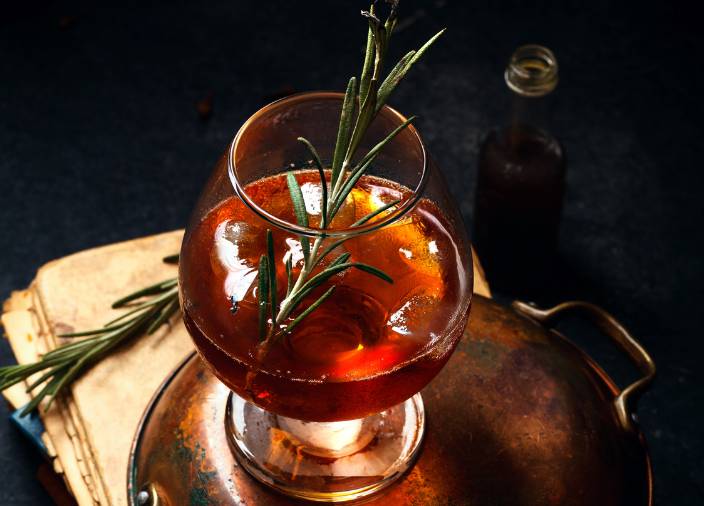
Drinking Cognac
Cognac is a versatile spirit that can be enjoyed in different ways. Aged Cognacs are best served neat in a brandy balloon glass or on ice, while younger Cognacs are great in cocktails like a Sidecar, Brandy Alexander or Vieux Carré. It is often served as an aperitif or digestif in restaurants, and can also be used in French cuisine for sauces, flambe, and desserts
Fun Fact
The ideal glass for tasting cognac is tulip-shaped with a narrow mouth, which concentrates the aromas. This design helps to capture the intricate and layered scents of the spirit.
Other Fruit Brandies
Armagnac
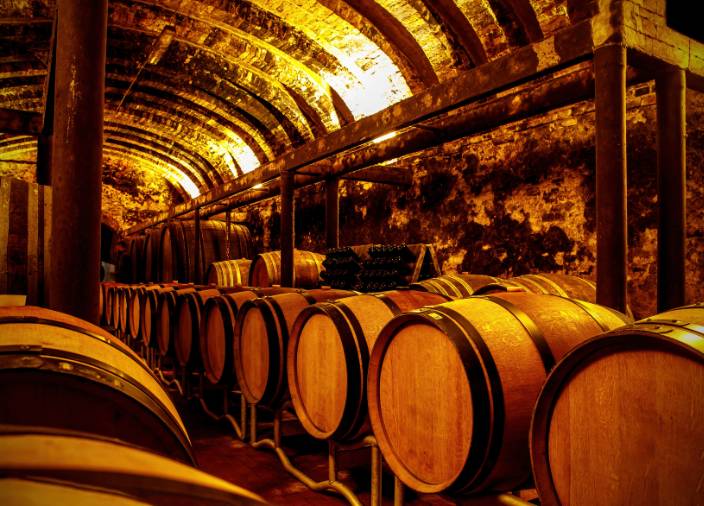
Armagnac
Second only to Cognac in reputation and quality, Armagnac brandy is produced predominately Southeast of Bordeaux in the Armagnac region.
While there are some similarities in regulations (Ugni Blanc is the primary grape), there are significant differences in the production system between Armagnac and Cognac.
Armagnac is mainly distilled in an 'Armagnacais Still', a continuous double copper column still.
Additionally, the 'Eau de vie' may be aged in casks made of black oak from the Monlezum forest.
The ageing requirements are also slightly different. Generally, Armagnacs have a more robust, pungent bouquet (aroma), with a dry and smooth palate if well matured.
The addition of caramel colour and sugar is permitted.
Armagnac Labelling
Minimum Age*
Labelling Terms
3 Months#
Blanche Armagnac
1 Year
VS, Very Special
4 Years
VSOP, Very Superior Old Pale
10 Years
XO, Extra Old, Hors d’âge
Age Statement
Age stated on label is the youngest spirit in the blend
Vintage
Made only from spirit produced from grapes harvested in one particular year.
_#_Rested in inert vessel
*Ageing starts from 1 April the year after the harvest for wood-matured spirits only
Apple Brandy
The two principal sources of apple brandies are the United States (e.g. AppleJack) and France (e.g. Calvados).
The production of Calvados begins with juices of ripe cider apples (as many as 40 varieties).
The juice is fermented and distilled in copper pots or column stills, depending on the quality status of the final product.
In some cases, small amounts of pear may be allowed.
Post-distillation, the 'Eau de vie' is aged in Limousin oak (like Cognac) to pick up colour, aroma, and flavour.
Calvados Labelling
Minimum Age*
Labelling Terms
1 Year
VS, Réserve
3 Years
Vieux
4 Years
Vo, VSOP
6 Years
XO, Hors d’âge, Napoléon
Age Statement
Age stated on label is the youngest spirit in the blend
Vintage
Made only from spirit produced from grapes harvested in one particular year.
Applejack
The most established type of apple brandy in the USA is Applejack which is made from eating apples (vs cider apples for Calvados) and distilled in either column or pot stills.
Typically, Applejacks are blended brandy consisting of at least 20% apple distillate with a neutral grain spirit that must be aged for a minimum of two years in oak (usually ex-Bourbon barrels).
Today, Applejack and Apple Brandy (which may be produced from 100% apples) are synonymous in the USA.
Pomace Brandy
Brandies distilled from the grape pomace (solid residue of grape pulps, seeds, and skins) of winemaking are known as Pomace Brandies.
The grape residue is distilled, either from pressed red grapes after the fermentation or from white grapes pressed before fermentation begins (hence requiring fermentation before distillation occurs).
Batch or continuous still may be employed, and the spirits are rarely aged or coloured.
Famous examples include Grappa from Italy and Marc from France.
Pisco
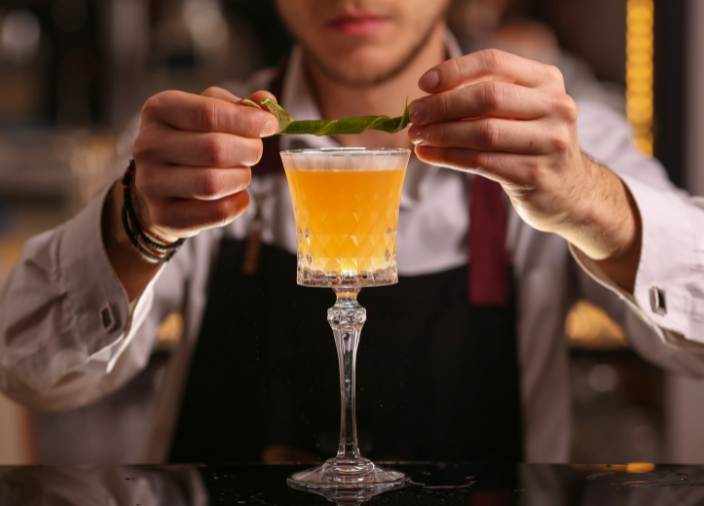
Pisco
Pisco is a grape brandy made in Chile and Peru.
Although they share a name, Chilean and Peruvian Piscos are very different spirits governed by various regulations.
The one thing in common is that they are both produced from aromatic grape varieties (mainly some variation of the Muscat grape), resulting in a distinct, perfumed characteristic different from other grape brandies.
Pot still distillation is the norm, and Peruvian Pisco is rested in glass or steel containers, while Chilean Pisco may be aged in a local wood cask.
The Pisco Sour is the most well-known cocktail using this spirit.
Alcool Blanc / Eau de Vie
Distilled spirits (usually clear or white) from fermented fruit juice.
Examples include Kirschwasser (Black Cherry), Framboise (Raspberry), Fraise (Strawberry) and Poire Williams (Pear).
These are fragrant and delicate spirits that are rarely aged.
The world of cognac, brandy and fruit brandies is a captivating blend of history and craftsmanship and the process of ageing and blending create a symphony of flavours, inviting us to explore its richness. By understanding the differences between brandy, cognac, and fruit brandies, we uncover their unique tastes to enjoy neat or in a signature cocktail.
Enhance your skills, from cocktail making to elevating the guest experience and serving and recommending with skill, with Diageo Bar Academy’s E-learning.
RELATED CONTENT
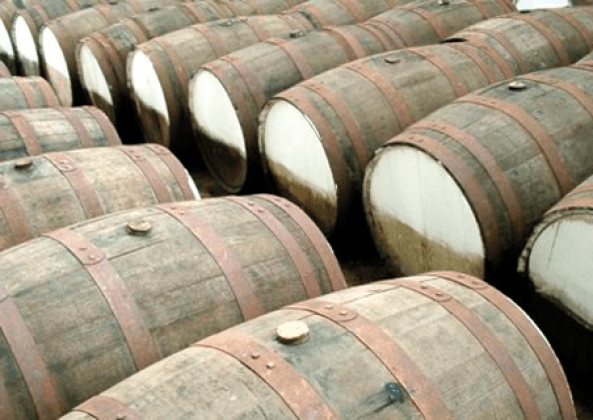
EXPLORE ALL CATEGORIES
Learn more about the unique flavours and characteristics of Alcohol categories and how to put them to best use behind your bar.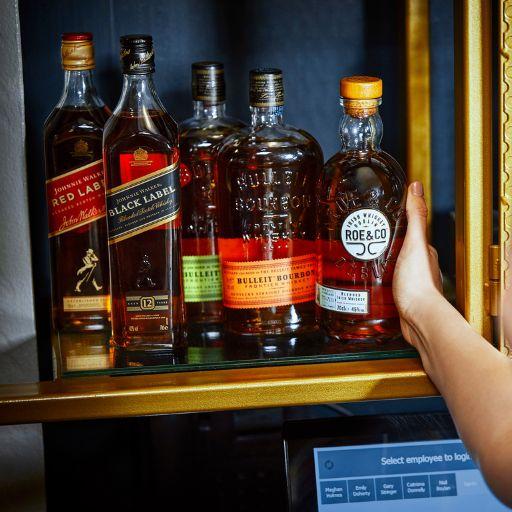
OUR BRANDS
Learn more about our great brands and offerings and discover what makes them unique for guests and bartenders.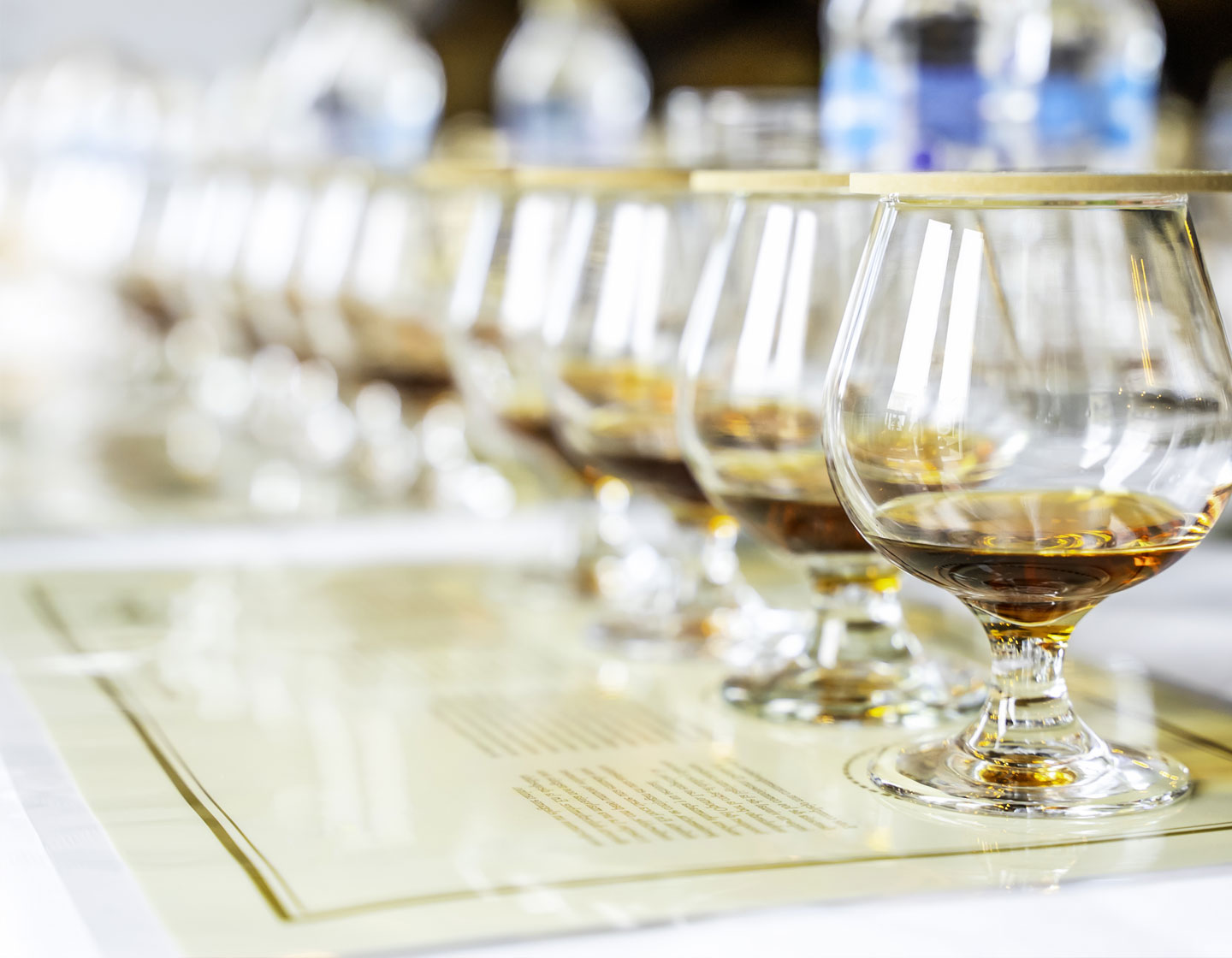
Cognac & Fruit Brandies Quiz
Confident with your knowledge about Cognac and fruit Brandies? Fully aware of the production process of the drinks category? Find out what you know with this challenging quiz.
